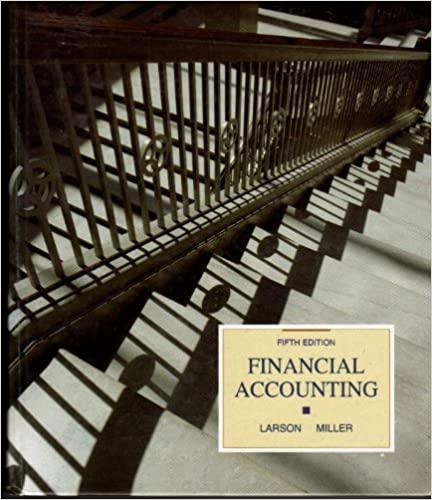Case 1: In this case, an evaluation of the expected selling price and normal profit margin for
Question:
Case 1: In this case, an evaluation of the expected selling price and normal profit margin for each product shows that replacement cost is the best measure of market. The inventory includes:

Case 2: In this case, the inventories of Products V and W have been damaged. If \(\$ 4\) additional cost per unit is paid to repackage the Product V units, they can be sold for \(\$ 45\) per unit. The Product \(\mathrm{W}\) units can be sold for \(\$ 25\) per unit after paying additional cleaning costs of \(\$ 3\) per unit. The inventory includes:

Case 3: In this case, Product U normally is sold for \(\$ 70\) per unit and has a profit margin of \(25 \%\). However, the expected selling price has fallen to \(\$ 44\) per unit. Product T normally is sold for \(\$ 32\) per unit and has a profit margin of \(30 \%\). However, the expected selling price of Product T has fallen to \(\$ 30\) per unit. The inventory includes:

\section*{Required}
In each of the above independent cases, calculate the lower of cost or market
(a) for the inventory as a whole, and
(b) for the inventory, applied separately to each product.
Step by Step Answer:






